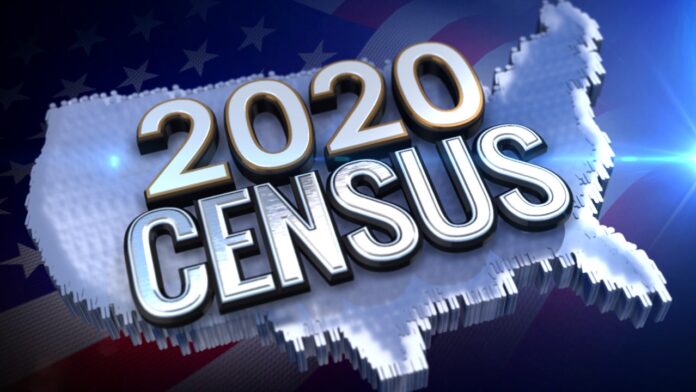HARLINGEN — The 2020 census is done, but not quite dusted.
Data collected during the every-decade population count is being compiled, analyzed and audited by the U.S. Census Bureau.
By law the bureau has until Dec. 31 to deliver the final count, although there has been talk in Congress of extending the deadline until April 30 due to coronavirus-linked disruption.
In Texas, the self-response rate — the data regarded as most reliable — was 62.8% in this census, which was less than the 64.4% self-response rate recorded in the 2010 census.
“Yes, we did not quite reach our 2010 response rate,” Lila Valencia, senior demographer with the Texas Demographic Center, said Monday in an online webinar. “Our 2010 response rate was 64.4% but this census was supposed to be the easiest census in history.
“We were going to be able respond online for the very first time, by mail, by telephone, and we had so many plans in place that were really going to make responding to the 2020 census much easier than it had ever been before. And, of course, a lot of things changed after the COVID-19 pandemic.”
In the Rio Grande Valley, only Starr County bettered its self-response rate in the 2020 census compared to 2010. Starr recorded a self-response rate this time around of 48.9%, compared to 45.5% a decade ago.
In Cameron County, the self-response rate was 52.4% for Census 2020, down from 56.4% in the previous census.
In Willacy County, the self-response rate this time around was 42.8%, compared to 50.6% in the last census. Hidalgo County recorded a self-response rate of 54.5% this time, down from 55.9% in the previous census.
Among the larger Valley cities, Brownsville had a self-response rate of 59.7%, down from 66.3% in the previous census.
Harlingen was at 55.5% this time around, compared to 62.3% in 2010, and McAllen recorded a rate of 61.5% this year, down from 65.6% in 2010.
Edwards County had the lowest self-response rate in the state at 18.6%. Loving County was 19.2% and Real County was 20.2%.
In South Texas, the lowest self-response rates by county were Kenedy County at 24.2% and Zapata County at 25%.
The total response rate for Texas, which combines self-response with Non-Response Follow Up efforts, was 99.9%, which matches the rest of the country except for the state of Louisiana.
The Bayou State should perhaps be granted some sympathetic leeway for not reaching that number due to the series of hurricanes which pounded the coastal areas. Still, Louisiana came out at 99%.





